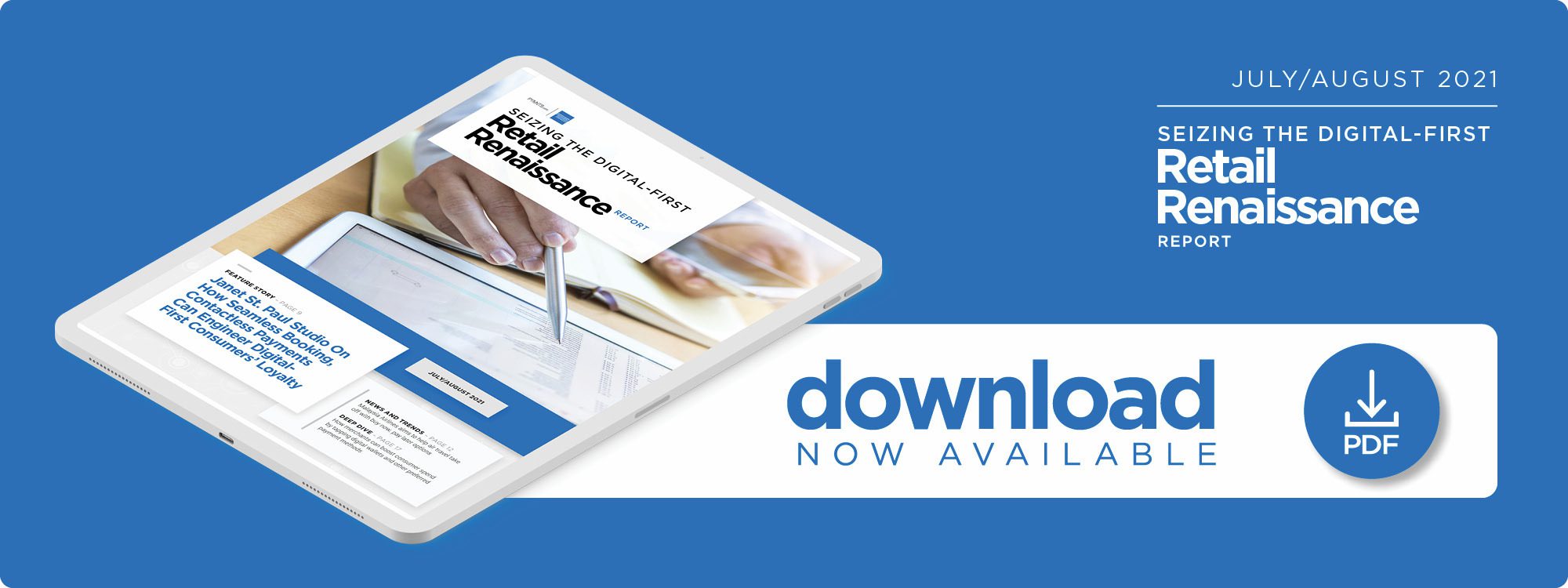Digital Tools Key To Helping Salons Grow Loyalty, Cut Payment Friction
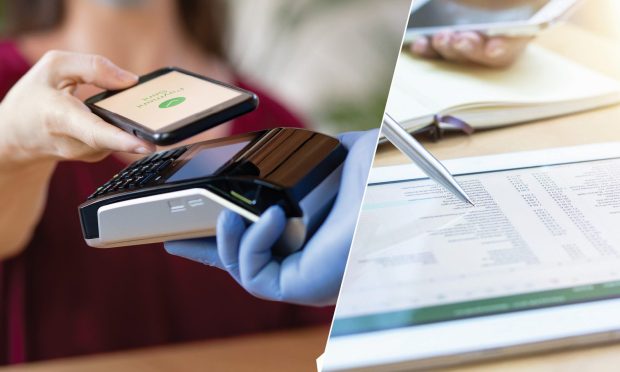
Consumers coming out of their year-and-change long seclusion from in-person activities are returning to brick-and-mortar stores, but they are bringing the shopping and payment preferences they developed over that past year with them. Consumers who are looking to book new vacations, travel plans or update their wardrobes or accessories — with interest in the travel and beauty industries particularly spiking — are also experimenting with emerging payment methods that allow them to bring digital payments’ speed into the brick-and-mortar experience.
Figuring out how to match that need and to create the connected, omnichannel experience should therefore be a top goal for retailers — especially brick-and-mortar merchants, which are looking to entice consumers away from online shops after a year with their doors locked and shuttered. Integrating support for contactless and other digital-first payment methods is one way these merchants could retain shoppers’ attention.
In the latest Seizing The Digital-First Retail Renaissance Report, PYMNTS examines exactly how the events of the past year changed consumers’ shopping and payment preferences, and why it is now key for retailers to merge digital convenience with in-person familiarity to keep customers engaged and transacting.
Across The Digital-First Retail Ecosystem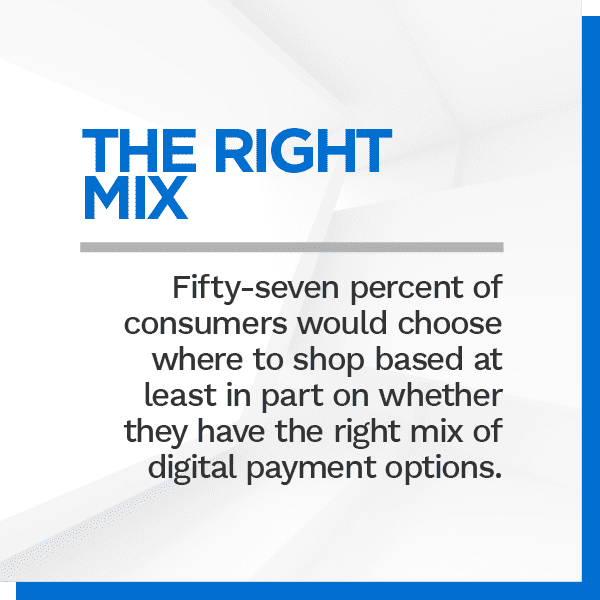
Brick-and-mortar retailers reopening their doors are working hard to engage and build relationships with consumers. Customers have not completely abandoned brick-and-mortar — only 9 percent of individuals surveyed in one global study stated they plan to shop online exclusively, for example. Brick-and-mortar retailers must still work to gain shoppers’ trust, however, and fluctuating rates of vaccinations worldwide are also still keeping some customers browsing inside of their homes. Fifty-seven percent of consumers plan to keep their in-person shopping levels low until they receive their vaccinations, for example. This does show that consumers do plan to return to in-store shopping when they can, a positive sign for physical retailers.
Rising vaccination rates are also prompting some consumers to innovate their wardrobes as well as their shopping and payment methods. One recent study found 54 percent of consumers indicated they plan to spend on “going out” clothes now that they have more upcoming opportunities to wear them, for example. A further 59 percent noted they had plans to buy new accessories to go along with their clothing. Beauty and travel spending may be on its path to recovery as well as customers primp for vacations, concerts or other in-person events.
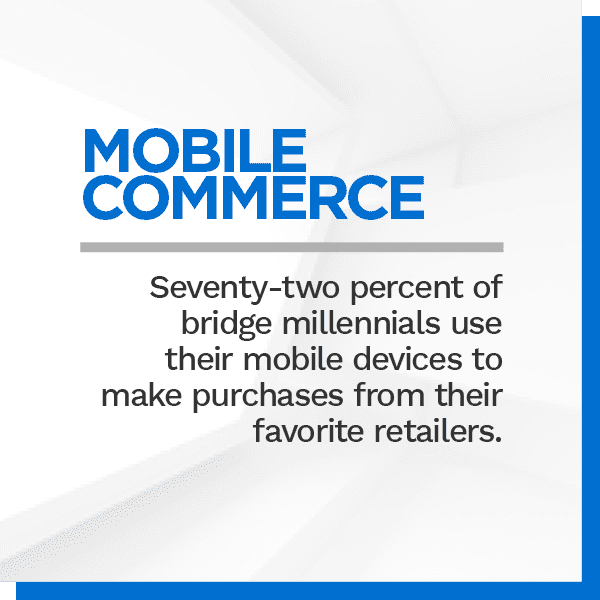 However, consumers are reaching for their phones to make these payments at the physical point-of-sale (POS) much more often than they were prior to the events of the past year. Preference for contactless or other digital-first payment methods has increased, and studies also show that users of these payment methods may also be shopping more frequently than those who are still clinging to cards or cash. Sixty-nine percent of digital wallet users reported they were shopping more often since they started to use these payment methods, for example. Digital wallet adopters also spend more when they do go out, with 54 percent stating this was the case when they were paying with merchants supporting the payment method. Retailers must therefore carefully examine the potential benefits offering such methods could bring to their businesses.
However, consumers are reaching for their phones to make these payments at the physical point-of-sale (POS) much more often than they were prior to the events of the past year. Preference for contactless or other digital-first payment methods has increased, and studies also show that users of these payment methods may also be shopping more frequently than those who are still clinging to cards or cash. Sixty-nine percent of digital wallet users reported they were shopping more often since they started to use these payment methods, for example. Digital wallet adopters also spend more when they do go out, with 54 percent stating this was the case when they were paying with merchants supporting the payment method. Retailers must therefore carefully examine the potential benefits offering such methods could bring to their businesses.
For more on these and other stories, visit the Report’s News & Trends.
How Contactless Payments Can Drive Beauty Consumers’ Engagement, Loyalty
The way consumers are interacting with retailers or businesses in person has changed significantly thanks to the impact of the global pandemic. Spending nearly a year handling the bulk of their shopping indoors has led many individuals to expect digital tools and conveniences no matter the experience — putting the pressure on traditionally brick-and-mortar industries like the beauty space to match these expectations to keep customers satisfied. Beauty retailers must make sure they are pairing the personalization of in-person experiences with the speed and seamlessness of digital, explained Janet St. Paul, owner of Austin, Texas-based hair salon Janet St. Paul Studio. To learn more about why beauty retailers must move to streamline booking and payments with online tools to meet the needs of digital-first customers — as well as the key role contactless payment solutions especially can play in this space — visit the Report’s Feature Story.
Deep Dive: Translating Digital And Unattended Retail Demand Into Higher Sales
Consumers who are returning to shopping in-person are bringing the 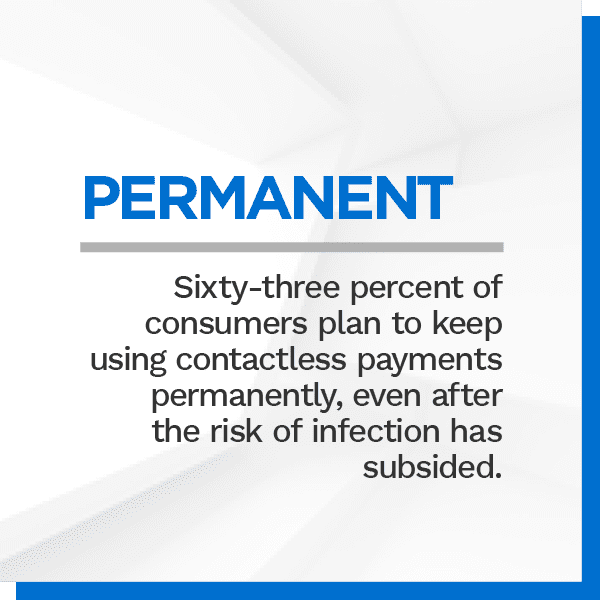 digital-first payment preferences they developed over the past year spent indoors with them. Fifty-seven percent of consumers recently indicated they chose to shop with certain merchants because these retailers offer the right combination of digital payment methods, for example. Brick-and-mortar retailers must move swiftly to ensure they can meet these expectations, which means they must examine which emerging payment methods consumers are utilizing and why. To learn more about how adopting mobile and contactless payment solutions can help retailers better engage and retain consumers as they return to brick-and-mortar stores, visit the Report’s Deep Dive.
digital-first payment preferences they developed over the past year spent indoors with them. Fifty-seven percent of consumers recently indicated they chose to shop with certain merchants because these retailers offer the right combination of digital payment methods, for example. Brick-and-mortar retailers must move swiftly to ensure they can meet these expectations, which means they must examine which emerging payment methods consumers are utilizing and why. To learn more about how adopting mobile and contactless payment solutions can help retailers better engage and retain consumers as they return to brick-and-mortar stores, visit the Report’s Deep Dive.
About the Report
The Seizing The Digital-First Retail Renaissance Report, a PYMNTS and American Express collaboration, explores how consumers’ interest in unattended shopping experiences has evolved during the pandemic and why businesses must leverage self-service technologies to match their changing preferences.
